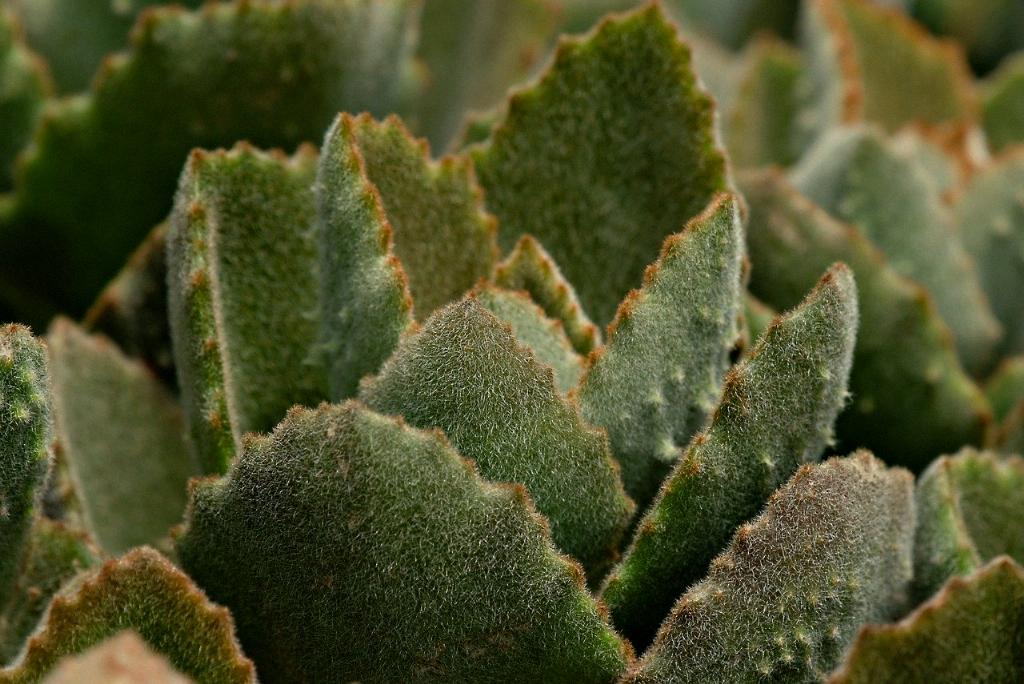When it comes to repotting a succulent, it is essential to follow the proper steps to ensure the plant’s health and well-being. One of the first things you should do is clean up the plant by trimming any roots that are dead or broken, as well as removing any dead leaves around the base of the plant. This will help promote new growth and prevent any potential issues in the future.
After cleaning up the plant, it’s time to prepare the new pot. Fill the new pot to about two-thirds full with fresh potting mix. It’s important to use a well-draining potting mix specifically designed for succulents to prevent overwatering and root rot. Once the potting mix is in place, it’s time to place the succulent in the center of the pot, ensuring that it is positioned at the same depth as it was in the old pot.
Next, gently loosen the root ball of the succulent to encourage new root growth. You can do this by lightly teasing out the roots with your fingers or a small garden tool. Be careful not to damage the roots in the process, as this can hinder the plant’s ability to absorb nutrients and water. Once the roots are loosened, carefully place the succulent in the center of the pot, making sure that it is straight and stable.
Once the succulent is in place, it’s time to fill in the remaining space in the pot with potting mix. Cover the roots completely with the potting mix, ensuring that there are no air pockets around the roots. Gently pat down the soil to secure the plant in place, but be careful not to compact the soil too much, as this can restrict root growth and drainage.
After repotting the succulent, it’s important to water the plant thoroughly to help settle the roots and encourage new growth. However, it’s crucial to allow the soil to dry out between waterings to prevent overwatering, which can lead to root rot. Place the newly potted succulent in a location with bright, indirect sunlight to help it adjust to its new environment.
After repotting your succulent, it’s essential to monitor the plant for any signs of stress or disease. Keep an eye out for wilting, yellowing, or shriveling leaves, as these can indicate that the plant is not adjusting well to its new pot. If you notice any issues, take appropriate action to address them promptly to prevent further damage to the plant.
Remember to continue caring for your succulent as you normally would, providing it with proper light, water, and nutrients. Regularly check the moisture level of the soil and adjust your watering schedule accordingly. With the right care and attention, your repotted succulent will thrive in its new home and bring you joy for years to come.

